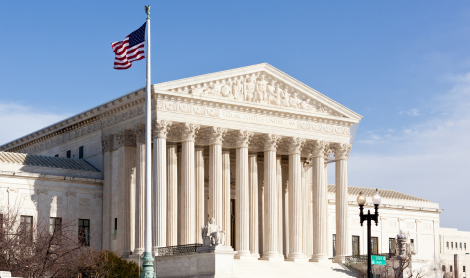One of the blockbuster bills from the 2019-20 legislative sessions was AB1505 in California. Enacted in October 2019, AB1505 made a number of significant changes to the state’s charter school sector, but one aspect that grabbed headlines was the ability for school districts to deny an application for a charter school on the finding that the district was “not positioned to absorb the fiscal impact of the proposed charter school.” And with its passage, other states began to float similar ideas.
This bill strikes at one of the key arguments of the charter school wars. New research from the Fordham Institute, in cooperation with Mark Weber of New Jersey Policy Perspective, a charter school skeptic, asks the question “are charter schools, as framed by the Fordham Institute, robbers or victims?” Their findings show that if anything, increasing charter school enrollment has a positive fiscal impact on local districts.
How can this be? When the layers of how education is funded around the country are peeled back, it makes sense: traditional districts are typically funded through a blend of local, state, and federal revenues. Charter schools, on the other hand, are often excluded from these funding streams. Moreover, district revenues are often protected from revenue drops, including when students leave the district for other options, including other districts, charter schools, homeschooling, etc.
There are three factors that play into these protections:
- First, in many places, charter schools are excluded from local revenues: as a result, even when charter enrollment increases, districts receive the same amount of local aid.
- Second, many states have “hold harmless” provisions, protecting districts from state aid funding decreases when enrollment falls (similar hold harmless provisions protect federal Title I aid).
- Finally, some states, like Massachusetts and New York, provide additional funding specifically to offset enrollment lost to charter schools.
Previous research has oversimplified the equation, failing to account for all the mechanisms that protect district revenues. Fordham’s research demonstrates that, because of these factors, district per-pupil spending is not negatively impacted, and indeed often increases, when charter enrollment increases. Simply put, the district is left with the same, or even more, revenue to educate fewer students.
All this said, per-pupil revenues are not the only factor in a district’s financial health. Legacy costs, such as retiree benefits, are a very real problem for school districts around the country and often the only options for addressing them are budget cuts or tax increases. But these costs present a significant challenge regardless of the presence of charter schools, and require structural change, not scapegoating.
When it comes to evaluating the “fiscal impact” of charter schools, it’s hardly as simple as some would make it seem. Rather than trying to point fingers and blame the financial problems of school districts on one thing, like charter schools, policymakers should be asking whether their funding systems treat students equitably, regardless of the type of school they are enrolled in. Those who hold the purse strings must acknowledge how essential education is and properly fund all schools so that they can meet the needs of their students and keep the promises made to educators.


